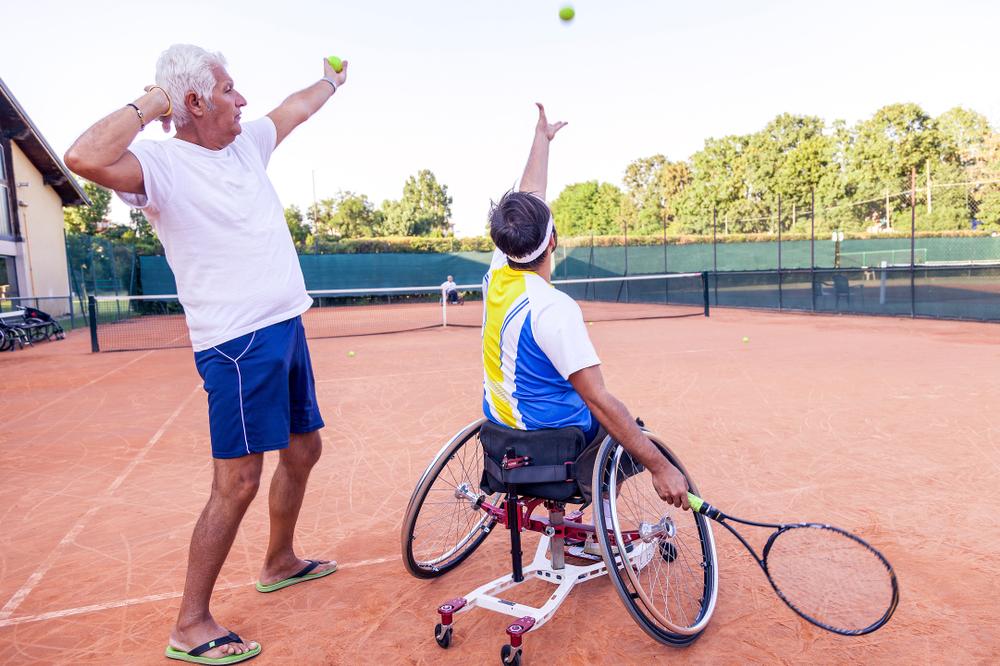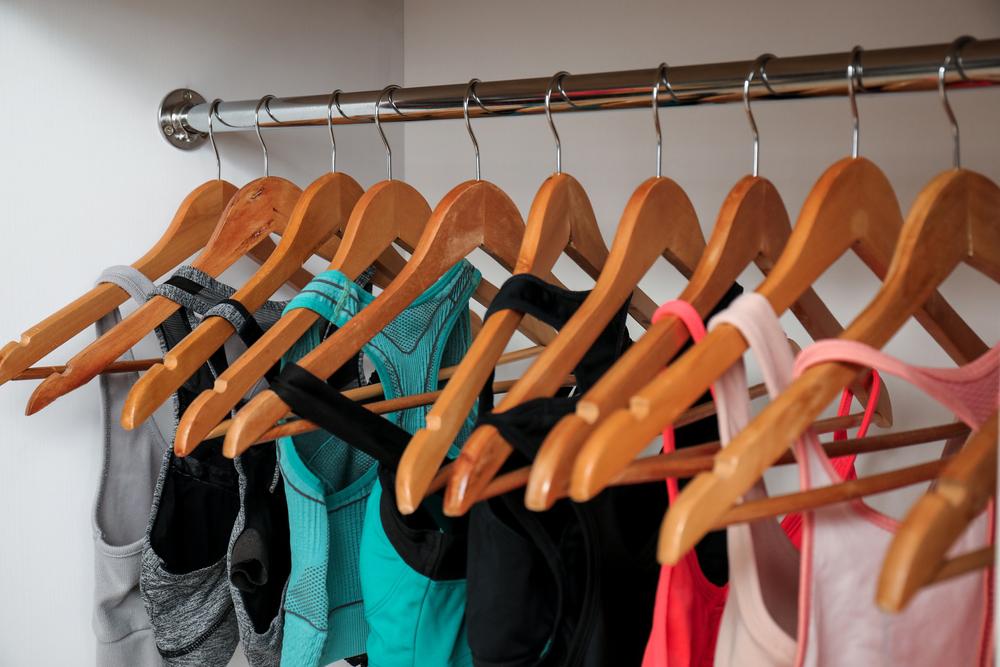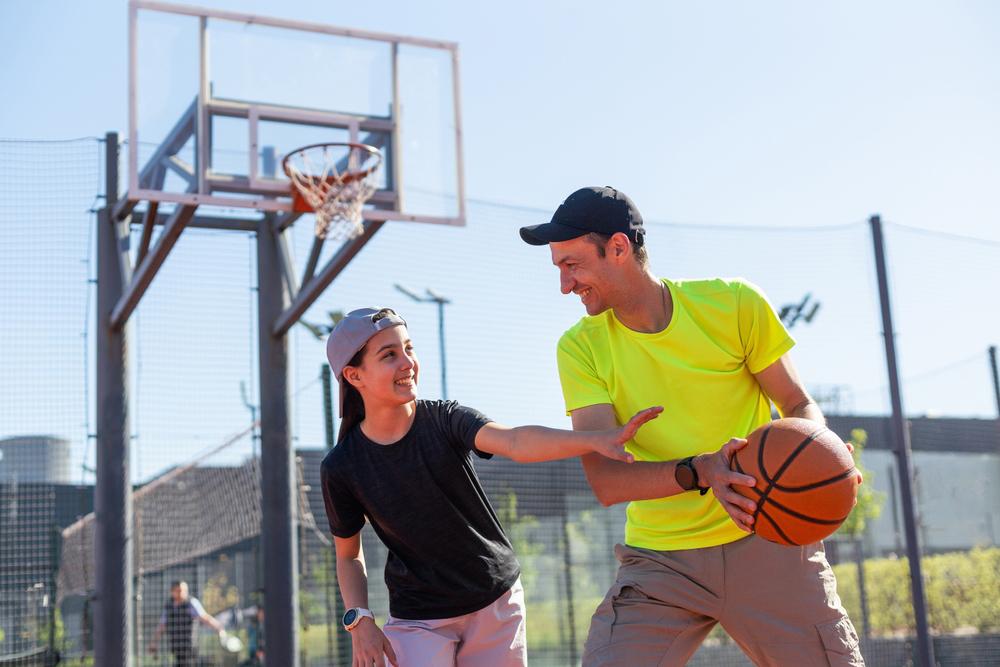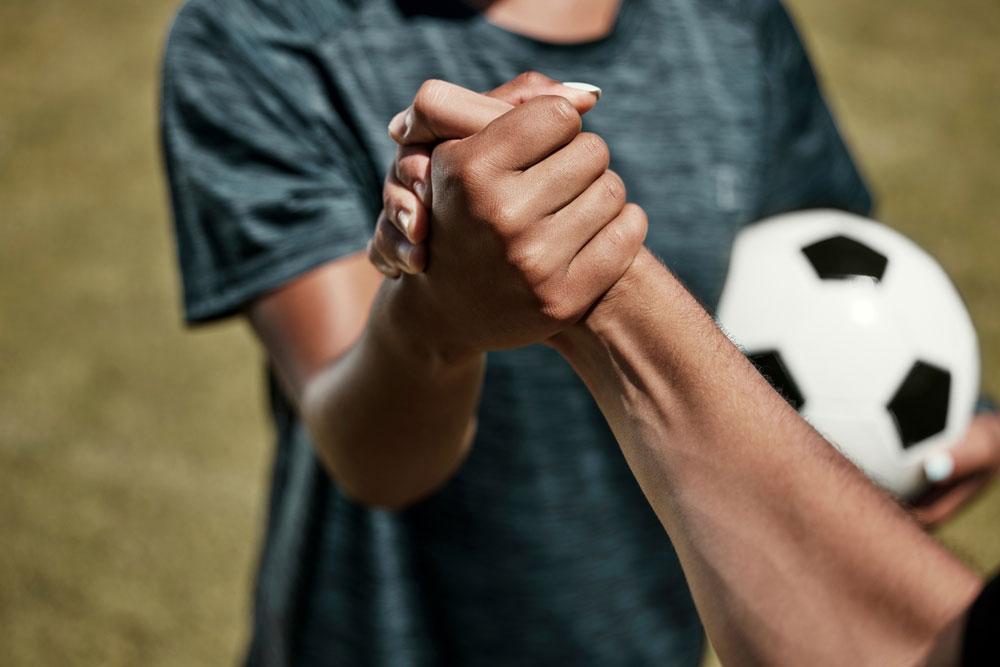 We value youth sports for many reasons: from the lessons taught and the friendships formed, to the health benefits gained and the self-expression learned through play.
We value youth sports for many reasons: from the lessons taught and the friendships formed, to the health benefits gained and the self-expression learned through play.
However, at times, these benefits are muted when sport and play is influenced by overparenting.
“Overparenting has become an increasingly common occurrence within out-of-school settings, such as youth sports. Many program providers are challenged to find ways to engage those who overparent in ways that build positive relationships, while also supporting the needs of youth athletes,” says Clemson University’s Dr. Barry Garst, who has been studying overparenting for the past five years alongside Dr. Ryan Gagnon.
Overparenting Styles and Impact on Athletes
What is an overparent? According to research, the word describes parents who are excessively involved in their child’s life, risk-averse, and abnormally preoccupied with their child’s well-being and success.
These overparents come in many different variations, each of which has a different impact on youth athletes:
- The Helicopter Parent always hovers over their child and stays close to them to intercept challenges. Instead of letting them experience failure or challenges, which are critical to personal growth.
- Youth sport example: Coaching from the sideline or otherwise assuming the coach’s role. Counters the instructions of the coach or referee.
- The Intrusive Parent over-schedules and micromanages their children. They discourage free time and independent behavior.
- Youth sport example: Filling an athlete’s calendar with additional training sessions, camps, and visits to sports therapists. They may hyper-regulate their athlete’s sleep and eating schedules as well.
- The Lawnmower Parent ‘mows’ problems out of the way. They smooth out their child’s path by removing any perceived obstacles or difficulties from their child’s life instead of letting them experience failure or challenges, which are critical to personal growth.
- Youth sport example: Telling the coach that their child can’t participate in pre-season conditioning exercises because of (non-medical) reasons X-Y-Z, while still expecting they will get the same amount of playing time as their teammates.
Children of any overparent are more likely to develop childhood anxiety, have low self-efficacy, and believe that personal success or failure is not something they have control over. This may lead to increased self-doubt and paradoxically narcissism, where the child thinks they are better or more deserving than their peers.
“[Overparents] are difficult within the context of a youth program setting because they may feel uncomfortable with how the program might affect their child, from being too challenging to being too easy,” say Dr. Garst and Dr. Gagnon. “Parents may also be concerned with how their child’s performance, within that youth program settings, is reflecting on their own parenting skills or self-worth.”
What Type of Support Athletes Really Need
On the flip side, behavioral scientists call non-overparenting simply ‘normative parenting.’ According to 2003 research by BYU’s Dr. Craig Hart, this looks like:
- Creating emotional connection: grown acceptance, affection, and involvement.
- Managing behavior in a way that fosters maturity (setting limits, supervision, reasoning about consequences).
- Granting autonomy to promote emotional and psychological self-reliance and independence.
Embodying these characteristics in your parenting is predictive of children becoming socially competent, good academic performers, and well-behaved.
Practical Ways Parents Can Support Their Athletes
Research shows overparenting is bad, but not parenting enough is also a problem, so what’s the happy balance and what does that look like in a youth sports context?
- Let the coaches coach (and let the child fail): A sport parent’s role is to support, not coach. In most sporting situations, a youth sports coach is going to do what he or she thinks is best for the team. If it takes moving yourself from the home plate bleachers to the outfield parking lot to exercise verbal restraint, then do just that.
- Make youth sports fun again: Remember that youth sports aren’t just miniaturized versions of professional ones and the point isn’t to serve as a vehicle for glory, scholarships, or fame. Put energy into doing the little things that make youth sports fun —decorate a paper banner the team can run through in pre-game, hand out half-time snacks, and form post-game tunnels with the other parents.
- Make sports about play: Encourage kids to go play pick-up sports in the neighborhood with no timekeeper, no stat-keeping, and definitely no parents.
- Think long-term: Will five more minutes of playing time affect your child’s chance of becoming a professional athlete someday? Probably not. When you feel the urge to step in and micromanage, ask yourself if what you are attempting to “fix” will have any effect on your child’s long-term development if left to play out on its own.
—
Overparents just want what they think is best for their kids. Garst and Gagnon stress the importance of semi-structured autonomy for healthy child development. By allowing children to safely be independent and to learn from their successes as well as their failures, parents foster coping skills and resilience in their children that become critical assets for successfully navigating life’s various challenges.



